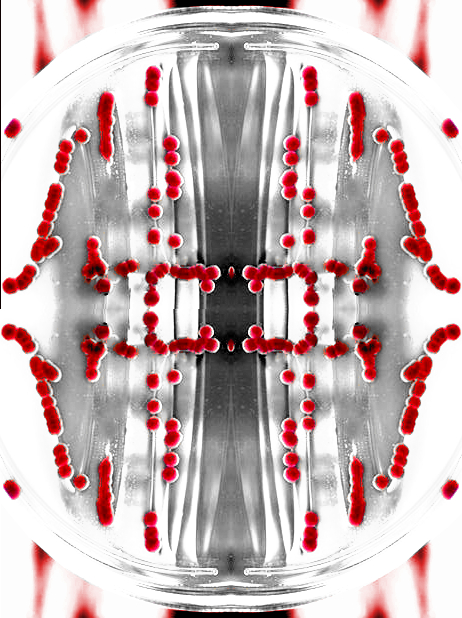Next cell step starts with new find
 Researchers at the University of Adelaide have discovered a new method for culturing stem cells that allows the highly therapeutic cells to grow faster and stronger.
Researchers at the University of Adelaide have discovered a new method for culturing stem cells that allows the highly therapeutic cells to grow faster and stronger.
Their study, published in the international journal Stem Cells, could lead to new treatments for transplant patients.
Researcher Kisha Sivanathan says it is an exciting breakthrough in stem cell research.
“Adult mesenchymal stem cells, which can be obtained from many tissues in the body including bone marrow, are fascinating scientists around the world because of their therapeutic nature and ability to cultivate quickly,” says Ms Sivanathan, lead author on the study.
“These stem cells have been used for the treatment of many inflammatory diseases but we are always looking for ways in which to increase stem cells’ potency.
“Our research group is the first in the world to look at the interaction between mesenchymal stem cells and IL-17, a powerful protein that naturally occurs in the body during times of severe inflammation [such as during transplant rejection],” she said.
“We discovered that when cultured mesenchymal stem cells are treated with IL-17 they grow twice as fast as the untreated stem cells and are more efficient at regulating the body’s immune response.”
Stem cell therapy is looking promising for transplant patients and according to Ms Sivanathan, the IL-17 treated stem cells should be even more effective at preventing and treating inflammation in transplant recipients – particularly controlling rejection in transplant patients.
“Current drugs [immunosuppressant drugs] used to help prevent a patient rejecting a transplant suppress the whole immune system and can cause severe side effects, like cancer. However, stem cell therapy [used in conjunction with immunosuppressant drugs] helps patients ‘accept’ transplants while repairing damaged tissue in the body, resulting in less side effects,” says Ms Sivanathan.
“We are yet to undertake clinical trials on the IL-17 treated stem cells but we anticipate that because this treatment produces more potent stem cells, they will be more effective than the untreated stem cells,” she said.







 Print
Print